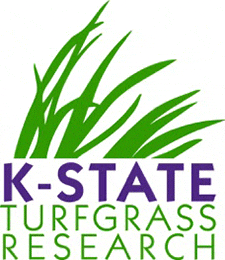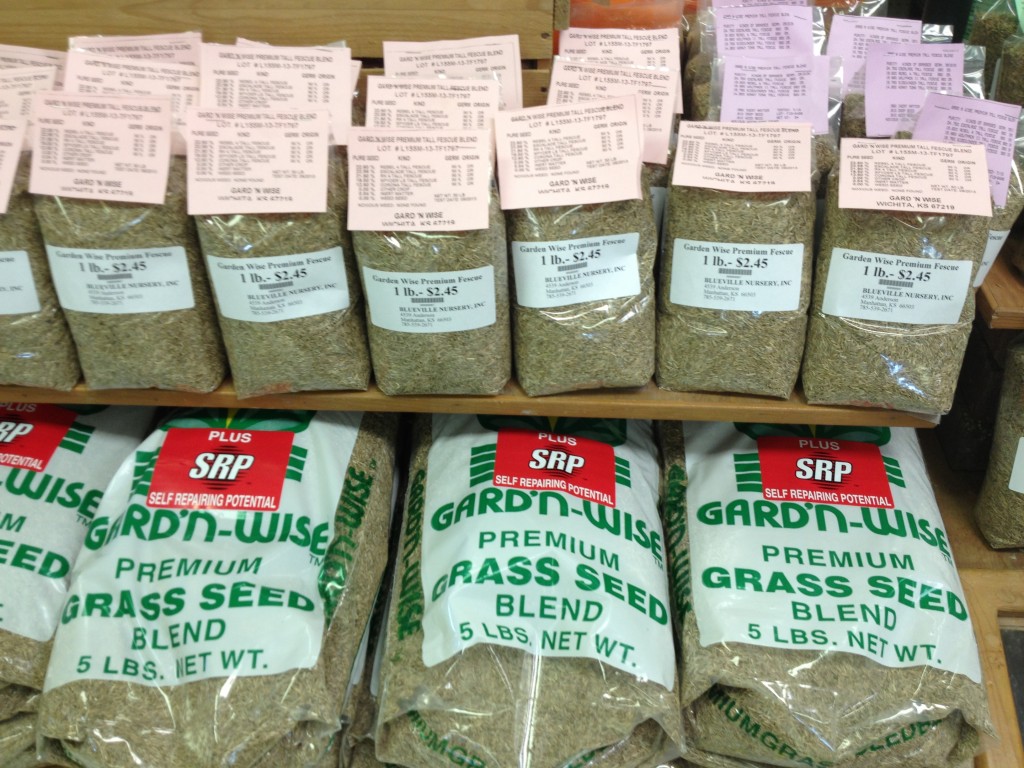(By Jared Hoyle, KSU Turfgrass Research and Extension)
It is that time of year again to start working on your cool-season lawn. To try and cover it all, I have listed a couple posts from the past that can help you get that lawn into shape. I also have added a list of publications. Enjoy!
Time to fertilize cool-season turfgrass
https://blogs.k-state.edu/turf/time-to-fertilize-cool-season-turfgrass/
Monthly calendar for cool-season lawns for the rest of the year
https://blogs.k-state.edu/turf/monthly-calendar-for-cool-season-lawns-for-the-rest-of-2017/
Power raking or core aeration – That is the question!
https://blogs.k-state.edu/turf/power-raking-or-core-aeration-that-is-the-question/
The art of knowing your seed label
https://blogs.k-state.edu/turf/the-art-of-knowing-your-seed-label/
For seeding success, pay attention to other crop on the seed label
https://blogs.k-state.edu/turf/for-seeding-success-pay-attention-to-other-crop-on-the-seed-label/
Publications
Lawn Fertilizing Guide – https://www.bookstore.ksre.ksu.edu/Item.aspx?catId=545&pubId=10639
Recycling your grass clippings – https://www.bookstore.ksre.ksu.edu/Item.aspx?catId=545&pubId=701
Mowing your lawn – https://www.bookstore.ksre.ksu.edu/Item.aspx?catId=545&pubId=615
Tall Fescue Lawns – https://www.bookstore.ksre.ksu.edu/Item.aspx?catId=545&pubId=1460
Watering New Lawns – https://www.bookstore.ksre.ksu.edu/Item.aspx?catId=545&pubId=1337
Planting a Home Lawn – https://www.bookstore.ksre.ksu.edu/Item.aspx?catId=545&pubId=595
Aerating Your Lawn – https://www.bookstore.ksre.ksu.edu/Item.aspx?catId=545&pubId=713
Kentucky Bluegrass Lawns – https://www.bookstore.ksre.ksu.edu/Item.aspx?catId=545&pubId=713
Check out the KSRE Bookstore for more publications – https://www.bookstore.ksre.ksu.edu/Category.aspx?id=528&catId=545


